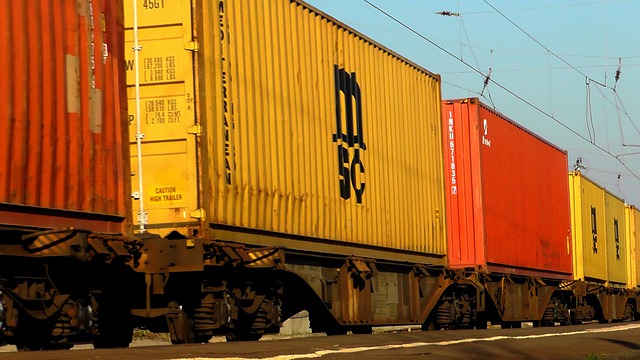The threat of a rail strike has ramped up in recent weeks, even causing the United States government to start discussing contingency plans. Supply chain woes are nothing new to the trucking industry over the past few years, but this would put a heavy strain on over-the-road supply.
Roughly 60,000 union members that are employed by the railroad are set to go on strike, and that includes conductors and engineers. The railroad system carries nearly 30 percent of the nation’s freight, and a strike by those conductors and engineers would quickly bring the system to a stop.
Trucking Routes Would Become Imbalanced
The rail industry doesn’t employ nearly as many people as it did decades ago, but railroads are still a vital part of the shipping industry in this country. Railroads move more than 324,000 containers per week. A railroad strike would have a direct impact on truckload capacity, causing it to be oversold and imbalanced.
Trains are how goods get from ports to the distribution hubs. Trains are built to move massive quantities of things like grains, chemicals, and coal. One railroad car has the capacity of between 3-5 semi-trucks. A rail strike would produce an additional 200,000 tanker truckloads per week – just to move chemical products.
Find Ways to Expand Trucking Capacity Now
If trucks need to shore up the loss of rail shipping options, it would put even more strain on the ports – many of which are already bursting at the seams. The threat of a rail strike is real, and businesses that rely on shipping should be doing everything in their power to prepare for yet another major disruption. That’s where freight procurement automation comes into play.
Automation technology has advanced antiquated transportation management processes which is helping shippers pivot quickly, especially as the freight market changes. Shippers can now dynamically source asset-based, compliant truckload capacity when needed most. For example, if contracted carriers begin to reject loads, or to avoid price gouging in spot, shippers can access additional capacity with automation. Leveraging a shipper’s unique load attributes, AI goes to work to find the perfect carrier at the right time… right place… and right price so shippers always deliver goods on time, and pay fair market price.
Get Proactive with Data-Driven Decisions
Obtaining a complete view of everything going on in the supply chain is vital to understand how best to pivot as disruption occurs. Unfortunately, many logistics professionals agree that transportation management is one area riddled with data gaps.
Forward-thinking shippers have begun to demand data transparency from 3PLs. For example, TL360 offers a market analysis report that focuses on how shippers are performing compared to the market. Knowing carrier details, like cost, acceptance, and OTD % history, will help shippers identify the carriers that could be overwhelmed by disruption, and those who are most likely to help keep goods flowing.
It’s important to be proactive with things like a railroad strike on the horizon. The right type of data will allow shippers to see trends, as well as data that will help a shipper stay ahead of the game and prepare for whatever is coming.
Even if a rail strike lasts only days, that could be long enough to send many large supply chains into a spiral that could take weeks or longer to get back to normal.

